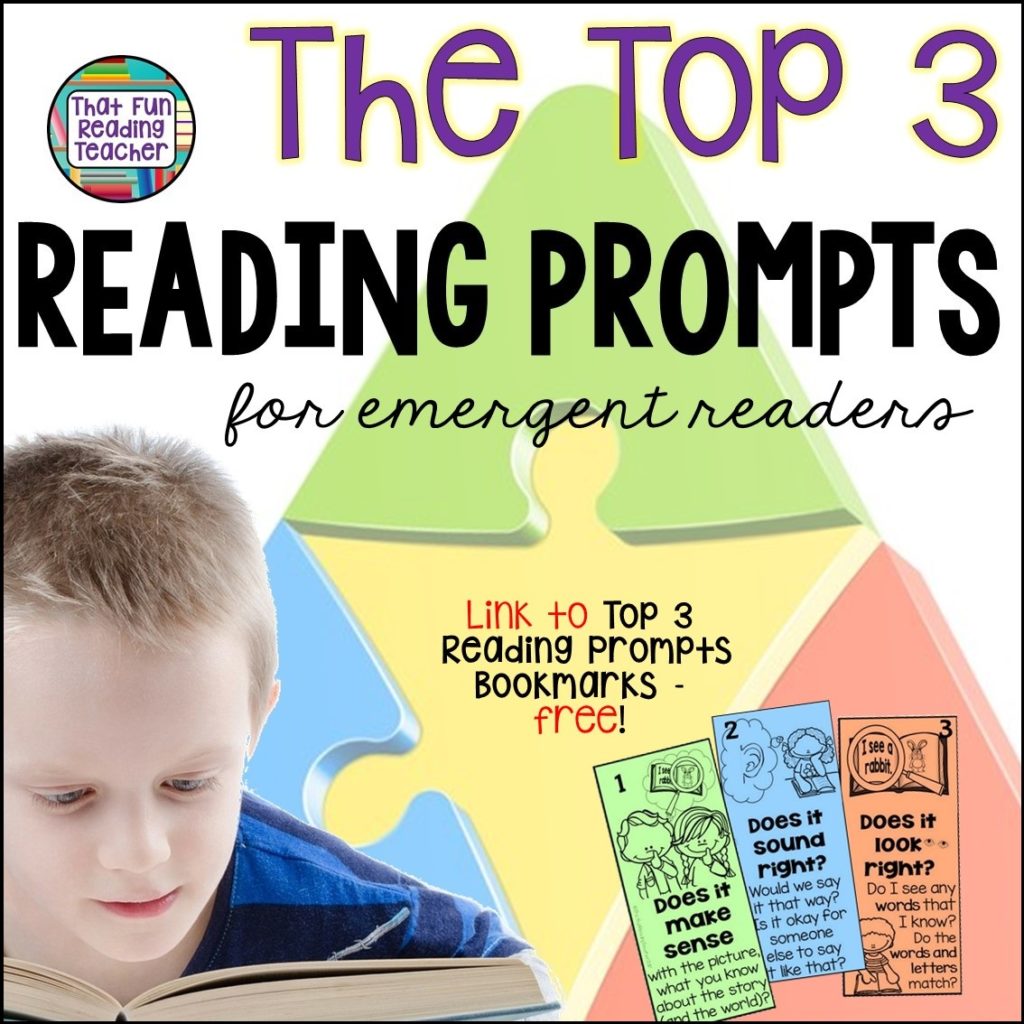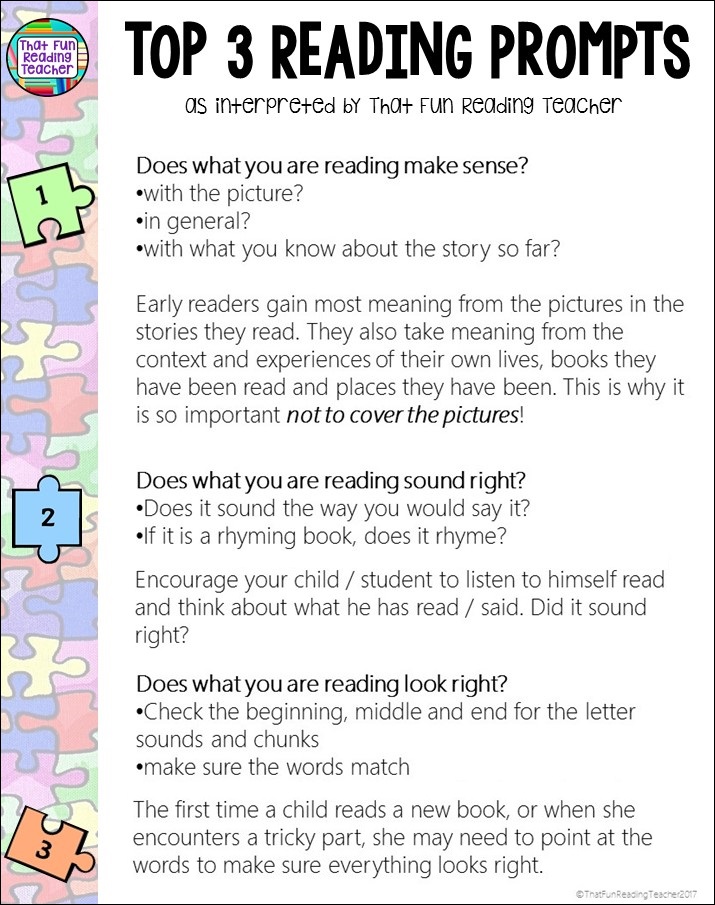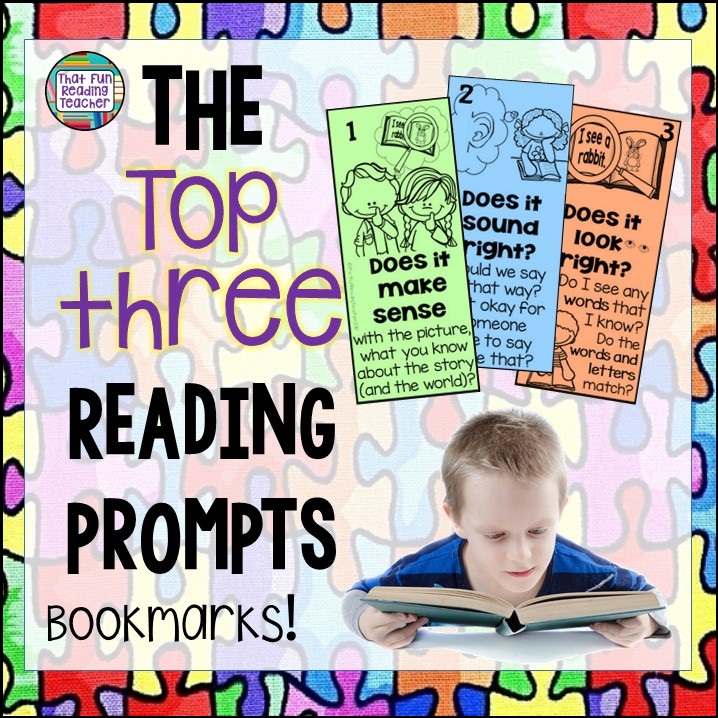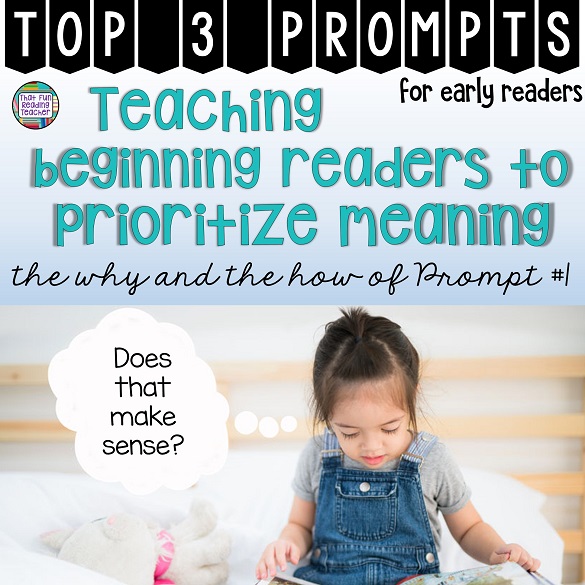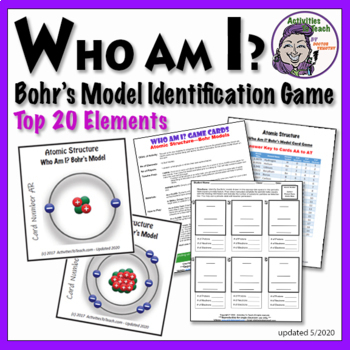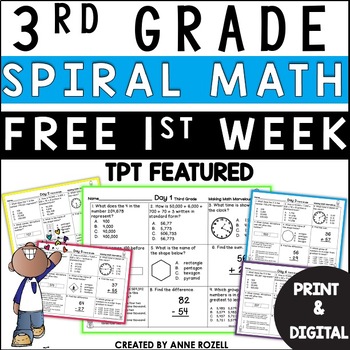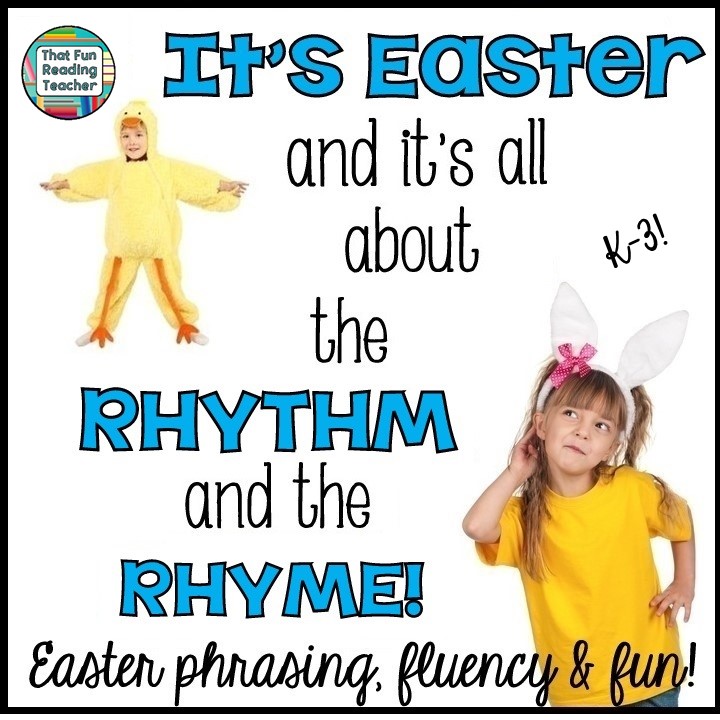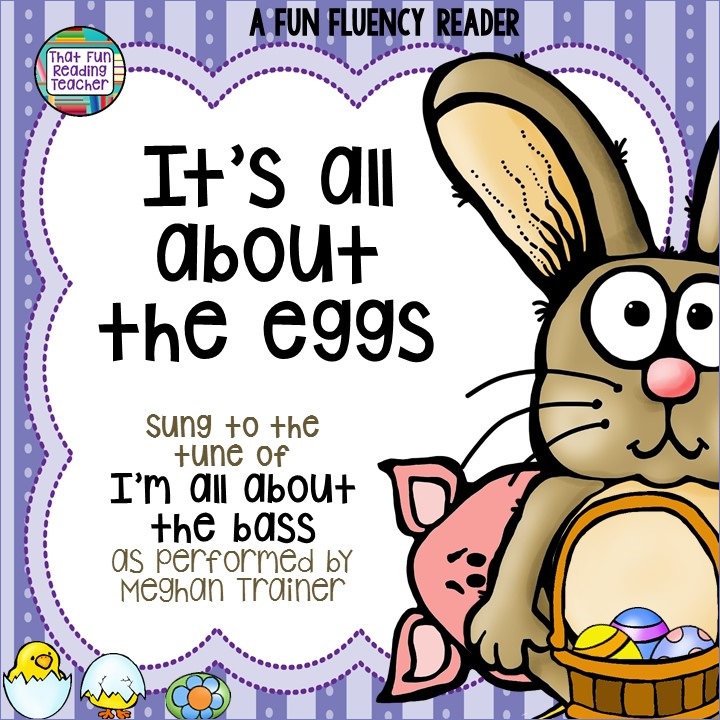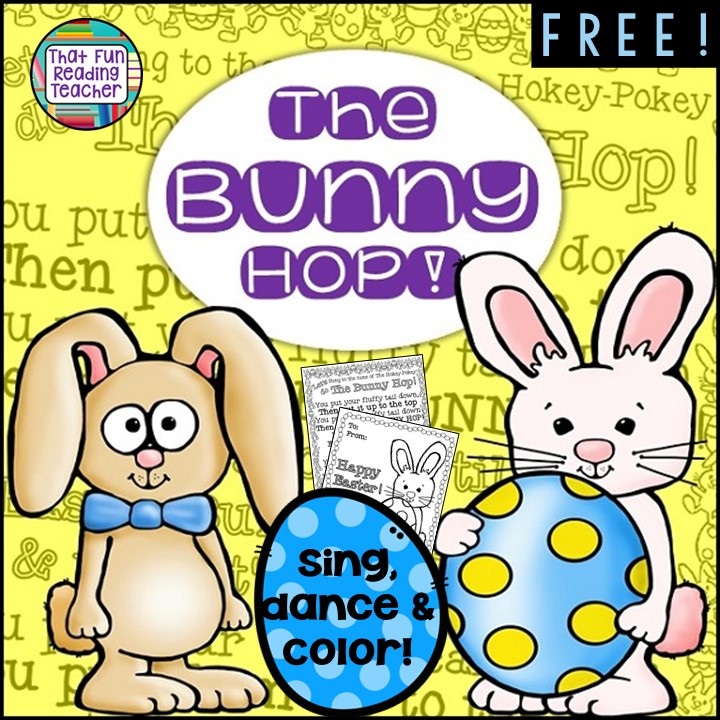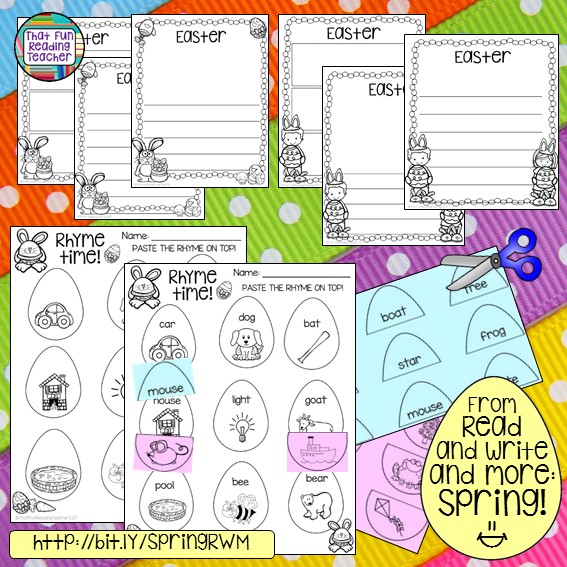Easter is a great time to shake off those winter blahs and breathe new life into reading with kids, especially those who have fallen into the monotony, robotic reading trap! Here are five fun ways to use rhythm and rhyme to liven things up!
1. Go back to familiar reading and do a Phrasing and Fluency Blitz!
When I taught Reading Recovery, there were times that a student would plateau at a a level for more than a week. We would be advised to take two or three lessons for a phrasing and fluency blitz -
rereading some familiar, easier books to rebuild confidence, model and practice phrasing and pick up the pace. Sometimes, decreasing the
reading level was in order.
Many of our students' favorites were readers that rhymed, had a lively rhythm and
made us both laugh!
While some children naturally read words like
he said, said the girl, here it is,
look at the,
can see the,
went to the, in phrases; and read quickly enough and with proper intonation and expression to understand (and demonstrate understanding of) what they are reading, many need a lot of encouragement, modeling and direction instruction to read fluently, with phrasing and expression.
2. Use poetry, music and movement!
Consider
the Hokey-Pokey song. The last five words / two phrases:
that's what / it's all about - everyone comes together in unison at that point in the song. I would argue that it's because it simply
makes sense, and it sounds right! Some phrases just work.
So why waste it?
Years ago I used
The Bunny Hop Easter Song and Movement Activity in Kindergarten poetry books as a music and movement activity. It works particularly well if modeled and echoed first before showing earliest readers the text:
Bunny ear construction is off the charts in the craft center when this song is in season - be ye warned! Everyone wants to be the bossy bunny who gets to say, "Stop!"
3. Seize teachable moments to model and emphasize the natural rhythm of language
As I was saying - certain phrases just belong together. To add to the list from #1,
all about the seems to be another such phrase, these days anyway.
When Meghan Trainor was singing
I'm All About the Bass every time I turned on the radio in 2014, there was no getting it out of my head.
This
Fun, Fluency Reader version practically wrote itself as I drove in to school listening to Trainor's voice, over and over again...
My students knew the tune instantly. I modeled the first read to them, and we practiced a few phrases in isolation before we all enjoyed singing it fluently from beginning to end (
over, and over and over again.)
There is a twist on a familiar Fairy Tale in this book that the kids find hilarious (but
humor and laughter are topics for other days...).
Limitation of liability: It's all about the Eggs is not recommended for those who are prone to getting songs stuck in their head or with one last nerve.
4. Get silly. Get rhyming books!
 |
| Here are just a few Easter-themed picture books that rhyme. I'm on the hunt for more! |
5. Encourage oral language beyond one word.
Encourage kids to speak in sentences and phrases by:
- asking open-ended questions yourself that can not be easily answered with only one word
- restating what they said in an expanded, phrased sentence with appropriate intonation (with the understanding that you're ensuring you heard them correctly)
Example:
When hunting for an Easter Egg, asking 'Where is the blue Easter egg?' may elicit a pointed finger and reply of 'there' from a student.
The adult can follow with "Oh, yes, it's under the chair'. (
Consider the fun and expanded conversation that follows if the adult's answer is incorrect!)
What are some of your favorite phrasing and fluency boosters?
Related:



